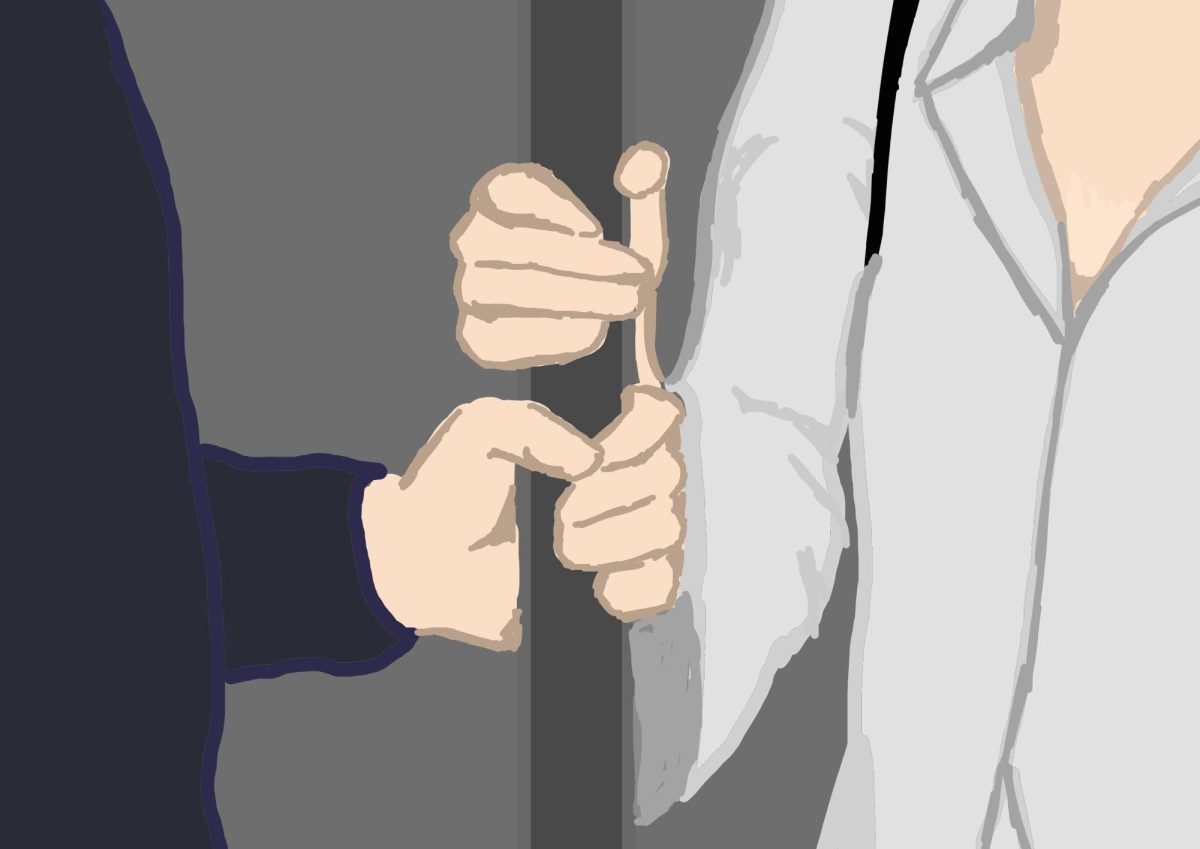
CARA MANNINO
Elizabeth Pulanco/Winonan
Winona State University counselor Lynda Brzezinski, joined by her therapy dog Winston, led a demonstration about animal-assisted therapy in Winona State University’s Integrated Wellness Complex last week.
Most people are aware of the connection people have with their pets and other animals, but using this connection as a form of therapy is not as well known. Sophomore Katie Jet could only speculate whether that would change.
“It will be interesting to see how it works and how successful this form of therapy is,” Jet said.
Jo Hittner, assistant professor for counselor education at Winona State and fellow presenter, outlined some of the benefits of bringing a four-legged friend into a therapy session.
“The patients that benefit the most from animal-assisted therapy are people that can relate to animals, and may have a difficult time talking about their issues,” Hittner said. “People that have had issues with trust also benefit from this therapy as well because animals can be trustworthy.”
In order to be considered for therapy, an animal must be very social and trainable. Winston, the friendly blue tick heeler and rat terrier mix, had to take four obedience classes and pass two tests through Therapy Dogs International.
Unlike service dogs, therapy dogs do not have the right to enter animal-restricted areas.
The therapists also have to be certified in order to use their therapy dogs in a clinical setting. Brzezinski had to take five classes in order to become a certified animal assisted therapy professional.
Even though dogs are more popular, they are not the only animals that can be used in this kind of therapy. Cats, miniature horses and even dolphins can be used.
Animal-assisted therapy can be helpful to patients who struggle with depression, post-traumatic stress disorder, anxiety and grief as well as patients who have a hard time interacting socially. The connections therapy animals form with patients can help reduce their stress, calm them down and give them a better sense of well being.
Recent breakthroughs in animal-assisted therapy have also been viewed in autism patients. When being in the presence of an animal, patients were noticeably in a better mood and more aware of their surroundings.
With animal-assisted therapy continuously increasing in popularity, there is a possibility animal friends will be a normal part of the therapy experience in the future.

































































